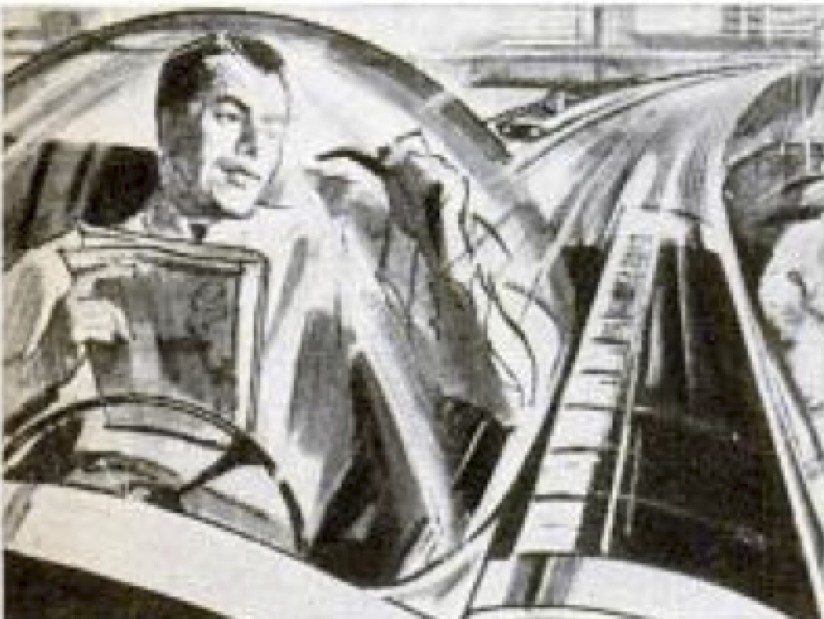Driverless cars have been a goal of some for at least 85 years, but as recently as 2007 they seemed a pipe dream to most. John Tierney of the New York Times, though, noted in that year the astounding progress the sector had made in short shrift, and assumed that autonomous cars wouldn’t remain futuristic frustrations like the flying kind. From Tierney’s prescient 2007 Times article:
As the baby boomers cruise into their golden years, I have good news for them — and for everyone else in danger of being run over by these aging drivers. The boomers will not be driving like Mr. Magoo. An electronic chauffeur will conduct them on expressways, drop them at the mall entrance and then go park their cars.
If you doubt this prediction, I don’t blame you. The self-driving car ranks right up there with the personal hovercraft as the futurist vision that never comes true. In 1969, Disney unveiled Herbie the Love Bug; in 1940, Popular Mechanics promised a car that would chauffeur you across America in a single day to visit Aunt Lillian.
At the 1939 World’s Fair, the crowds at the General Motors Futurama exhibit saw traffic speeding 100 miles per hour thanks to electronic help. ‘Safe distance between cars is maintained by automatic radio control,’ a voice explained as visitors looked down on the vast diorama of the World of Tomorrow, complete with hangars for dirigibles and landing decks for autogyros.
‘Does it seem strange? Unbelievable?’ the announcer intoned. ‘Remember, this is the world of 1960!’
O.K., so they were a little off on the date. But today, finally, those electronically spaced cars are on the highway. You can buy cars with ‘adaptive cruise-control’ that automatically slow down if the radar or laser detects you tailgating. Your car can warn you when you stray across lane markings, and these kinds of sensors are already being used experimentally in cars that drive themselves.
These smart cars still have their bugs, but engineers have made amazing progress the past several years. In 2004, when the Defense Advanced Research Projects Agency held its first Grand Challenge for driverless cars, none made it more than seven miles. At Darpa’s next Grand Challenge, in 2005, five cars made it 132 miles to the finish. And then, last month, six cars completed a 60-mile course that was the grandest challenge yet because they had to deal with traffic along the way.
These empty cars drove themselves around an Air Force base in Southern California, finding parking spots, obeying stop signs, idling in traffic, yielding to other cars at intersections and merging into traffic at 30 m.p.h. There was one accident and a few near misses, but the cars’ engineers are so buoyed by the results that they’re hoping the next competition will be a high-speed race on a Grand Prix course.
‘Within five years, it’s totally feasible to build an autonomous car that will work reliably in several limited domains,’ says Sebastian Thrun, a computer scientist at Stanford and head of its racing team, which won the 2005 Darpa competition and finished second in last month’s. In five years he expects a car that could take over simple chores like breezing along an expressway, inching along in stop-and-go traffic, or parking in the lot at a mall or airport after dropping off the driver. In 20 years, Dr. Thrun figures half of new cars sold will offer drivers the option of turning over these chores to a computer, but he acknowledges that’s just an educated guess. While he doesn’t doubt cars will be able to drive themselves, he’s not sure how many humans will let them.•
Tags: John Tierney, Sebastian Thrun

